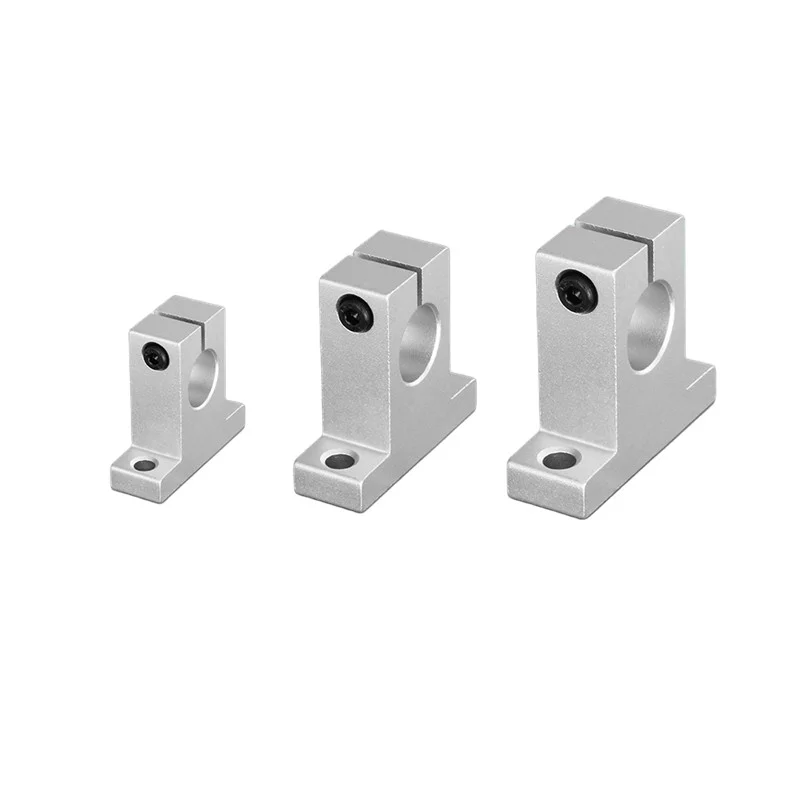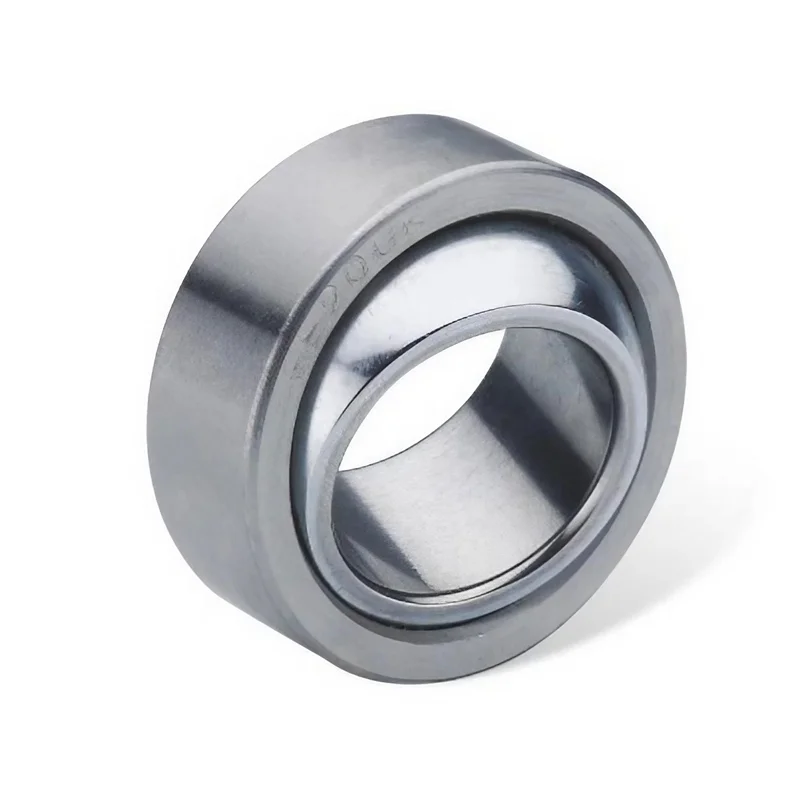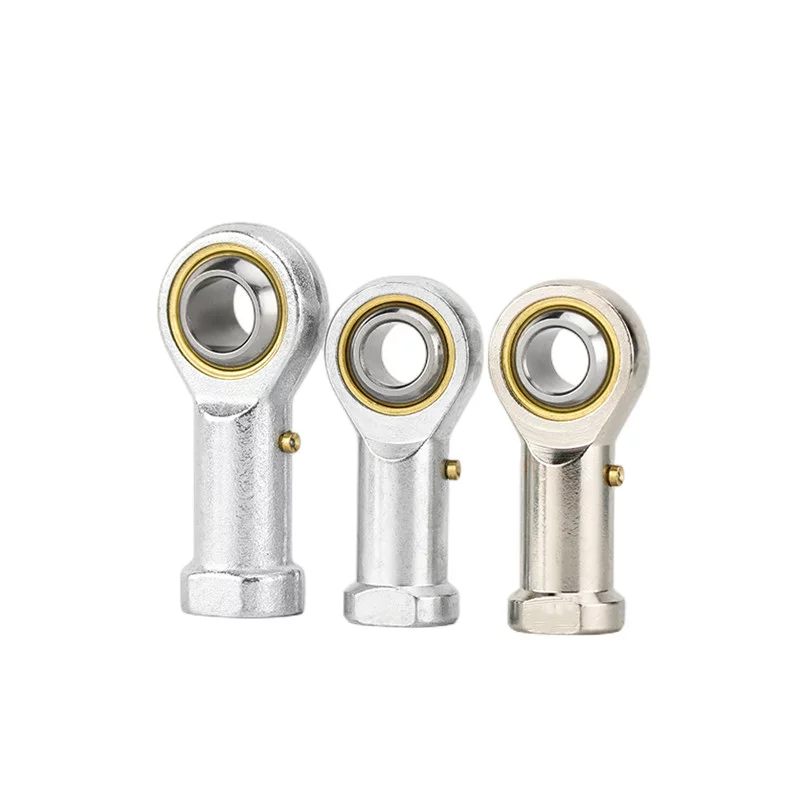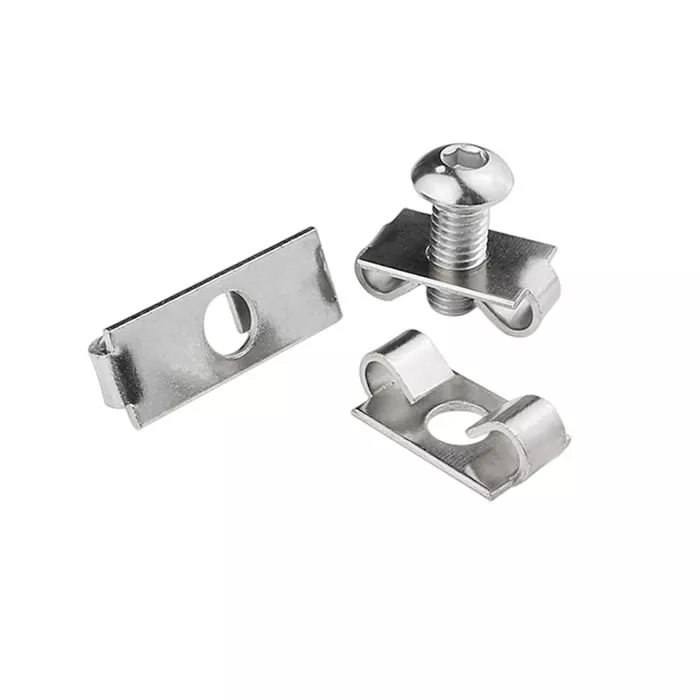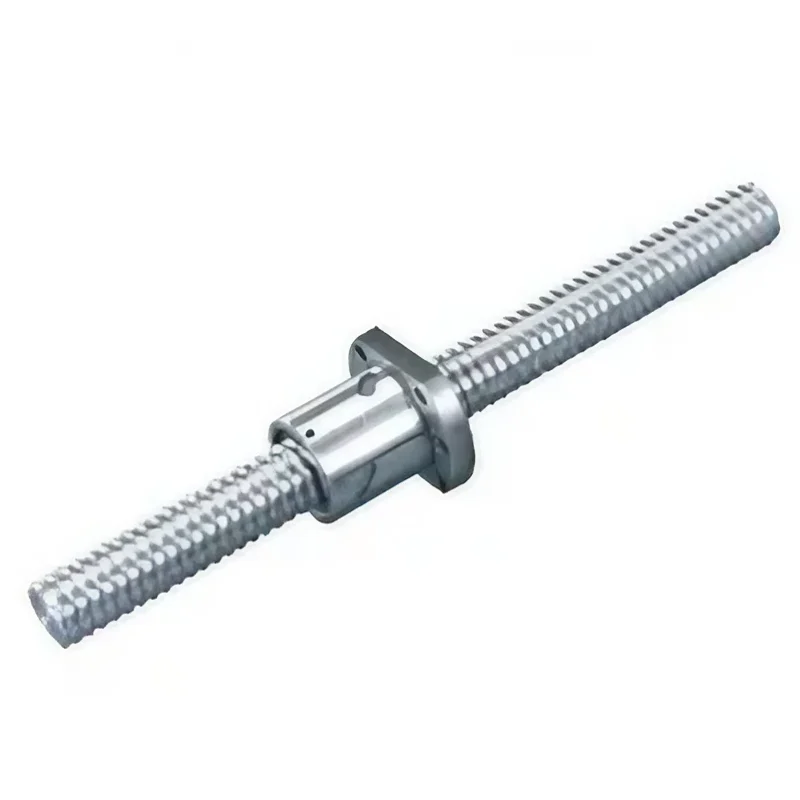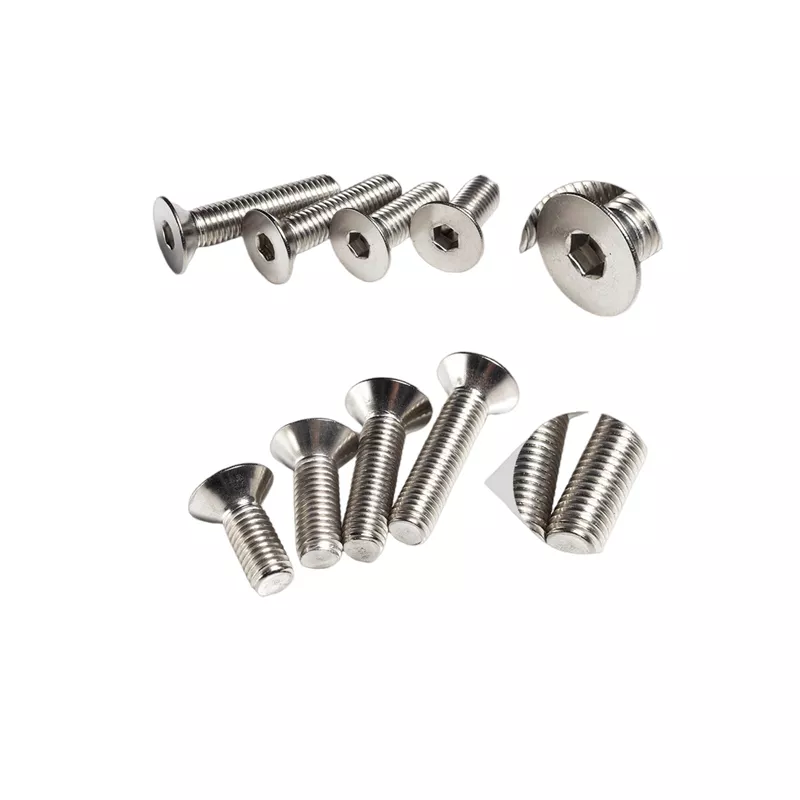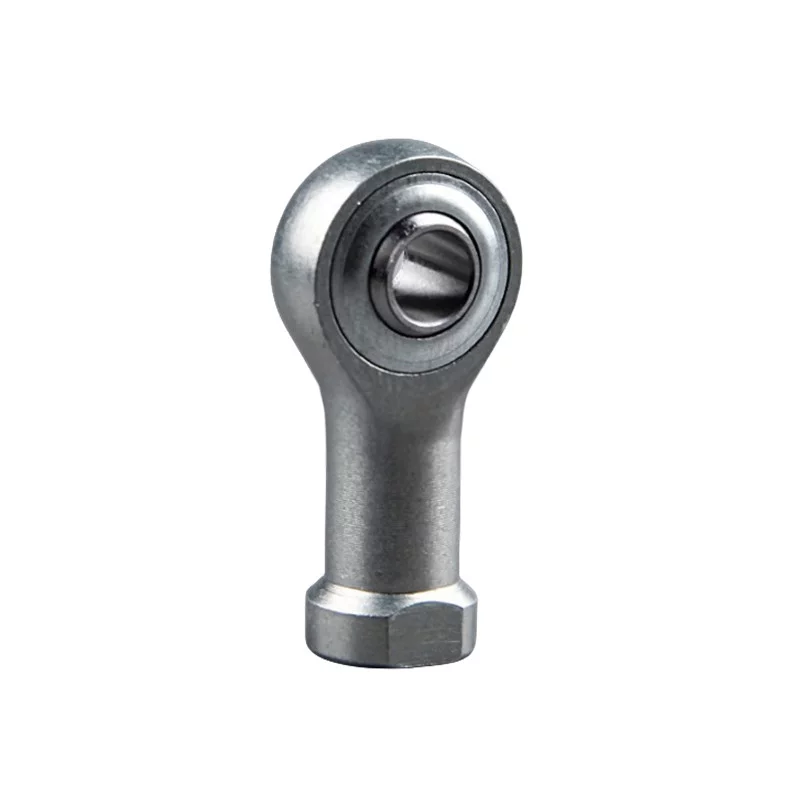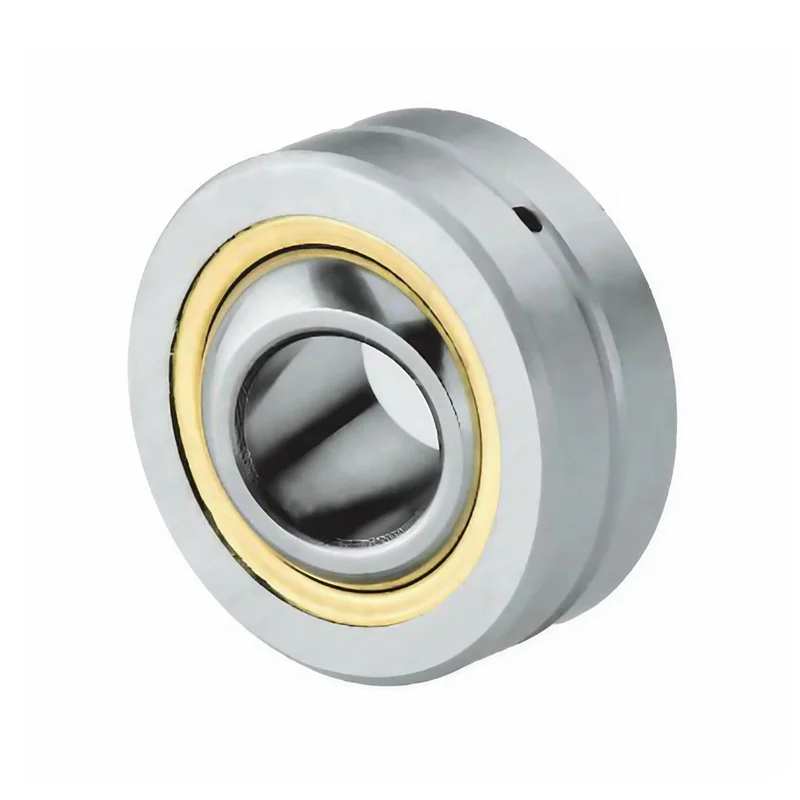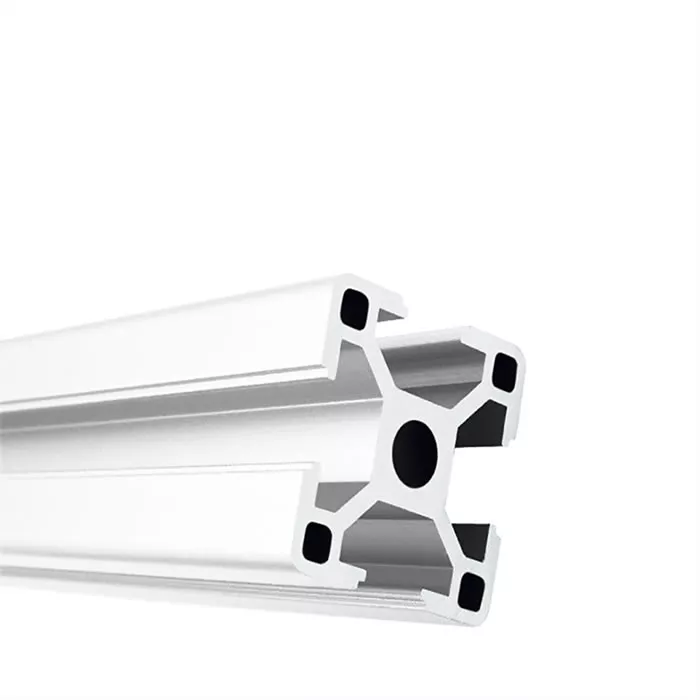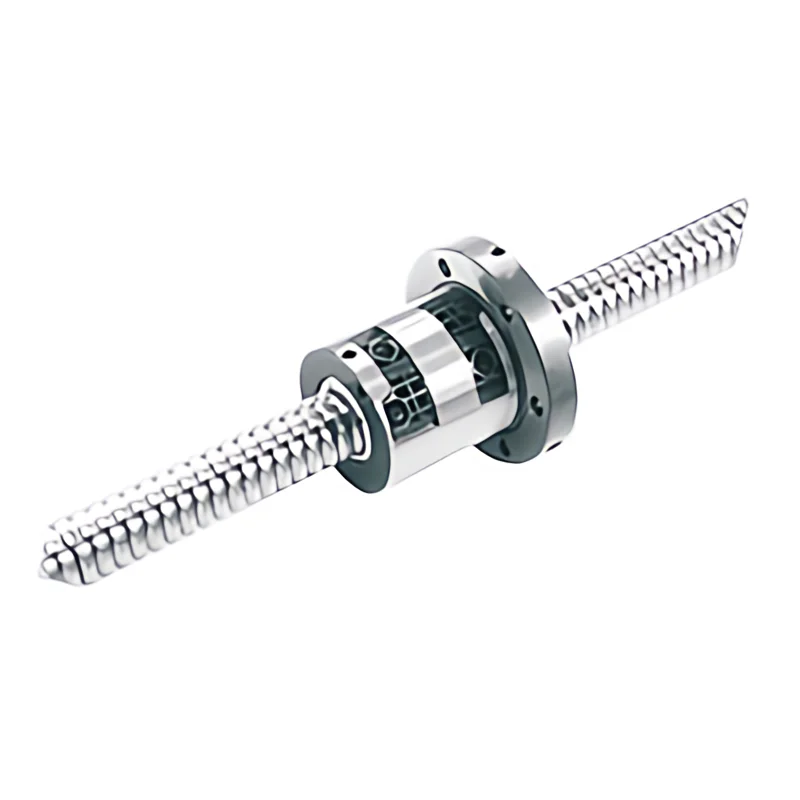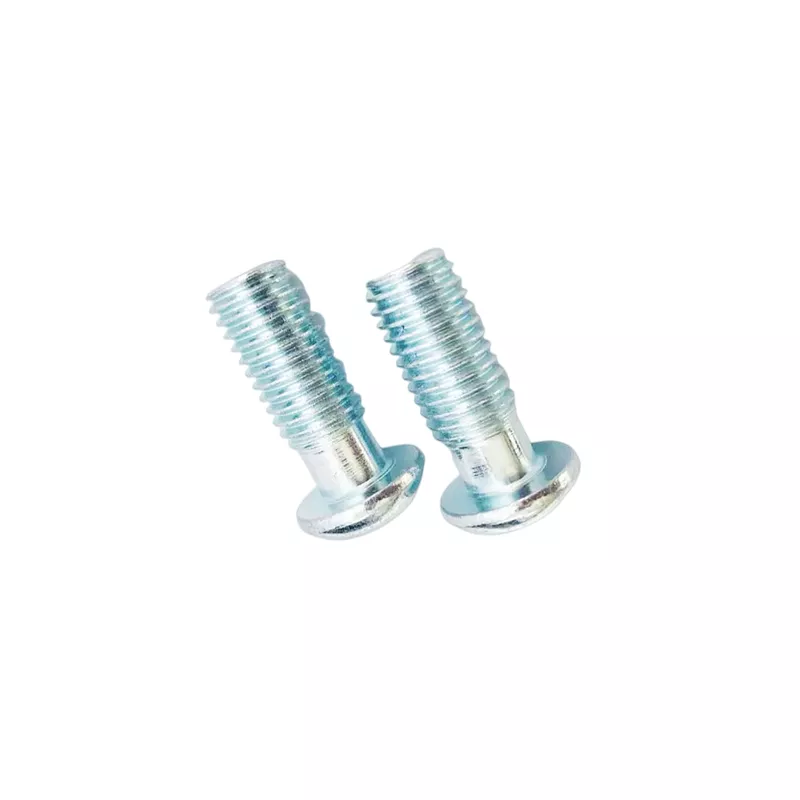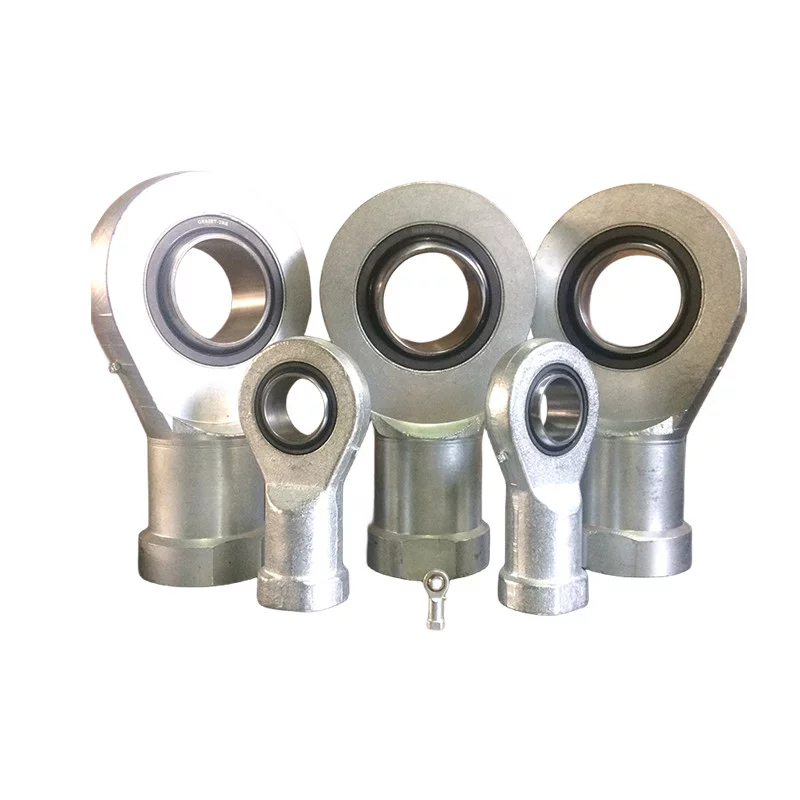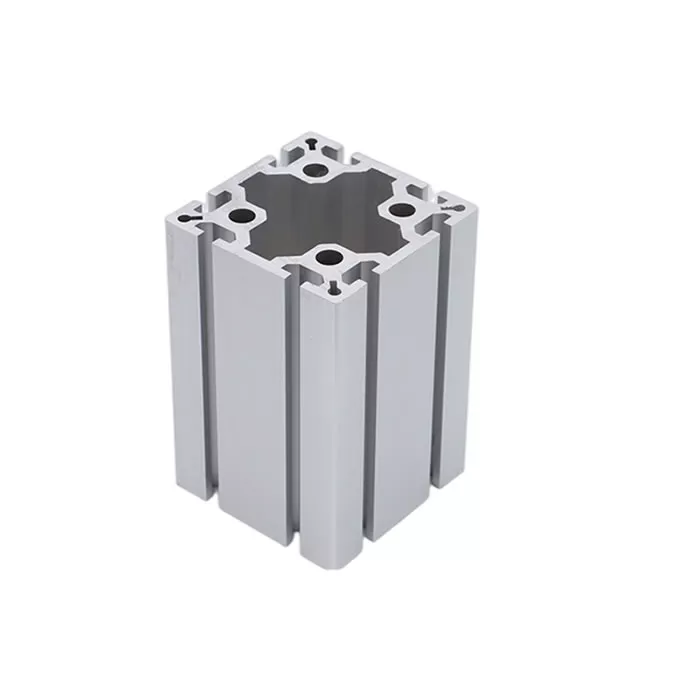Considerations in Linear Bearing Selection and Operation
PV Rating
A critical parameter in Linear Bearing selection is the PV rating, which quantifies the maximum allowable product of surface pressure and sliding velocity. This value is crucial as it dictates the bearing's performance under specific operating conditions. Exceeding the PV rating can lead to premature wear, excessive heat generation, and ultimately, bearing failure. It's essential to ensure that the calculated PV value of the application remains below the bearing's rated capacity.
Application-Specific Considerations
Cleanroom Environments
Cleanroom applications impose stringent requirements on linear bearings due to the critical nature of the products manufactured therein. To minimize particulate generation, non-recirculating linear bearings with caged rolling elements are preferred over recirculating types. Plain linear bearings can also be considered.
Lubrication is a critical factor in cleanroom environments. To prevent contamination, minimal external lubrication is essential. Plastic and composite bearings offer advantages due to their inherent low particle generation. Moreover, any lubricant used must be compatible with the cleanroom's cleaning procedures (e.g., washdown or clean-in-place).
Vacuum Environments
Outgassing, the release of trapped gases under vacuum conditions, can significantly impact system performance. To mitigate this, linear bearing materials should be selected for their low outgassing properties. Bake-out processes can be employed to remove volatile substances from certain materials, but temperature limitations must be considered.
Self-lubricating coatings and solid lubricants are often preferred in vacuum applications to eliminate the risk of lubricant outgassing. Additionally, the selection of materials resistant to sublimation and vaporization is crucial for long-term performance.
By carefully considering the PV rating and the specific demands of the application, engineers can select and operate linear bearings effectively, ensuring optimal performance and extended service life.
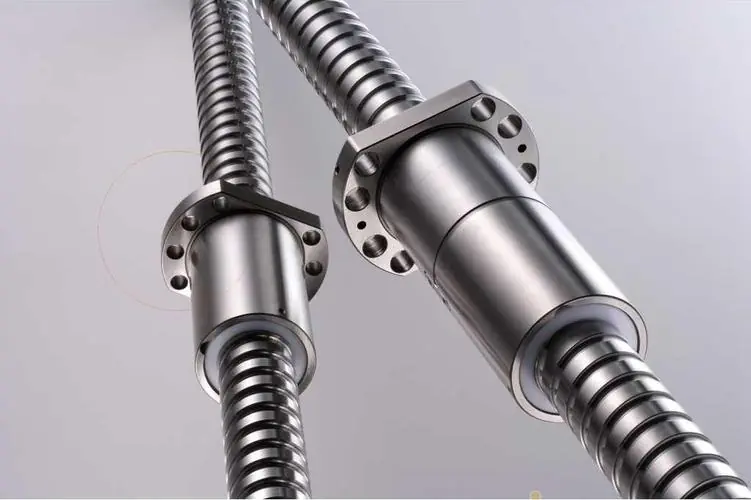 Why Precision Ball Screws are Vital for Industrial Automation and How to Choose the Right Supplier
Why Precision Ball Screws are Vital for Industrial Automation and How to Choose the Right Supplier
 SAIVS Linear Motion Ball Slide Units – Precision and Reliability for Your CNC Needs
SAIVS Linear Motion Ball Slide Units – Precision and Reliability for Your CNC Needs
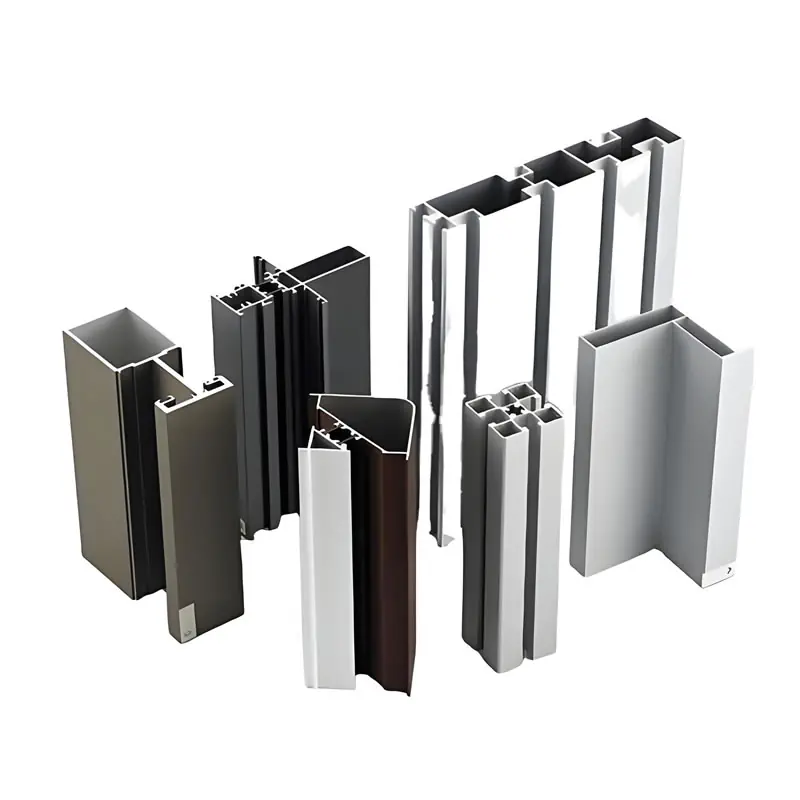 High - Quality T - Slot Aluminum Extrusion Profiles from Ningbo SAIVS Machinery Co., Ltd
High - Quality T - Slot Aluminum Extrusion Profiles from Ningbo SAIVS Machinery Co., Ltd
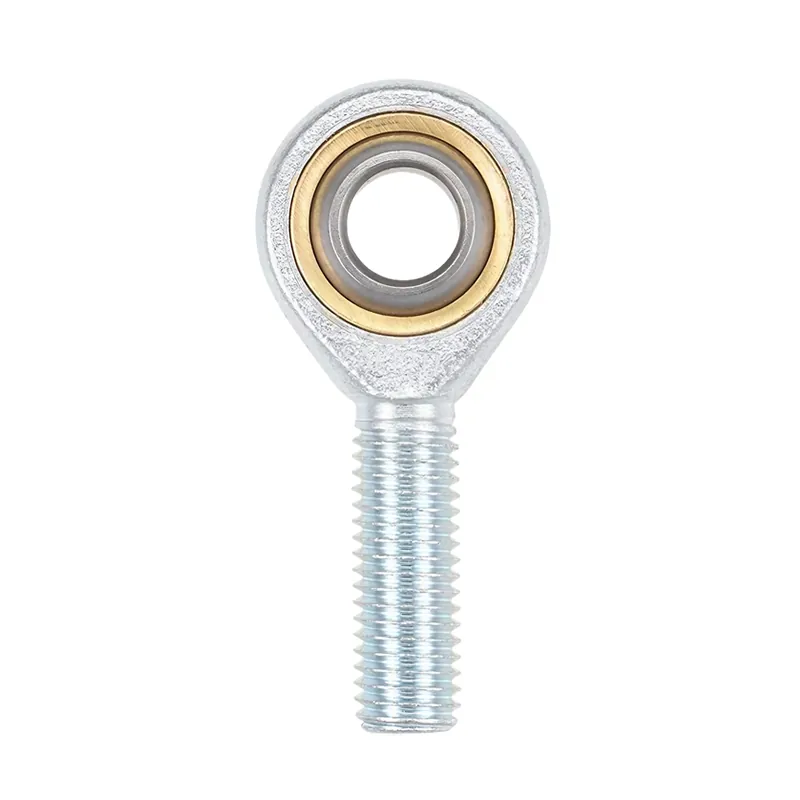 Enhance Industrial Efficiency with Premium Cylinder End Bearings from SAIVS
Enhance Industrial Efficiency with Premium Cylinder End Bearings from SAIVS

